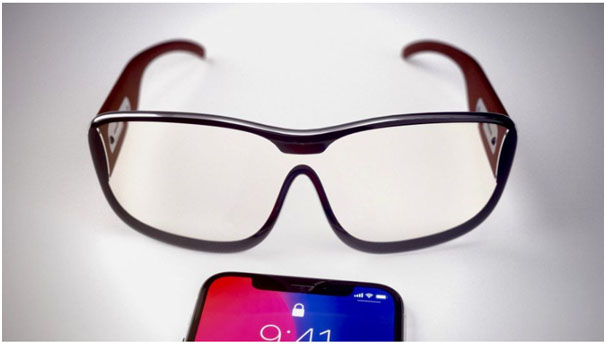Mixed Reality and Biomarkers as Healthcare Allies

Two decades ago, World Health Organization (WHO) , the United Nations and the International Labor Organization defined a biomarker as “any substance, structure, or process that can be measured in the body or its products and influence or predict the incidence of outcome or disease”. These biomarkers include from blood pressure or pulse to complex laboratory tests of tissues, as they are to determining relationship between any measurable biomarker and relevant clinical endpoint. Understandably, they all have a long history of relevance and validity studies on biomedical research.
The use of biomarkers is not only focused on applications for diagnostics, but their potential as precision metrics is increasingly being exploited. These measures are valuable in terms of predicting disease progression, personalised adjustments in treatment and generally assessing a person’s biological state.

(Image credit: N1-Novel Endpoints & Digital Biomarkers)
Digital Biomarkers
Today, objective quantifiable physiological data measured by wearables and gadgetsare named digital biomarkers, being considered indicators as valuable as other biomarkers. Its use in clinical practice has led to the development of sensor platforms and chips integrated in smart devices for health monitoring. They have promoted changes in biomedical industry and pharma by improving clinical trials, sophisticating many treating procedures and calling for new prevention policies for many diseases. Now, digital biomarkers are being widely explode in domestic environment, reaching out to a new market ofhealth-conscious consumers on a day-to-day. This means a wide new range of use cases of biomarker applications enabling, for example, home-based devices for remote monitoring patient status.
This trend challenges to design P4 (Predictive, Preventive, Personalised and Participatory) healthcare applications that users could understand these medical metrics and value them. The approach to digital biomarker products must meet two conditions: offer a clear and simple visualization of the metrics and propose a positive user experience that enhance them to use biometric devices.

(Image credit: Martin Hajek/iDropnews)
Augmented Biomarkers
Parallelly, in the last decade, immersive technologies that initially established their business opportunity in gaming industry have already made the leap to other sectors, including the healthcare industry. The application of Augmented Reality and Mixed-Reality in data visualization and real-time interaction with 3D elements has defined a new way of understanding clinical information.This fact would explain the impact that MR has had in such a precision field as surgery.Therefore, the combination of visualization of biomarkers with augmented reality technology will evolve to a new productin the medical devices market.
Investments in this direction will promote the development of lightweight and ergonomic augmented reality glasses with integrated biometric sensors, allowing us to know our biological state based on objective bioindicators. Although such glasses are not yet known, this approachmeans a challenge for the AR/MR glasses developers to offer future designs that will allow medicine to address scientific-technological innovations. As I see it, once people have access to this product, AR/MR technology will be addressing everything from preventive medicine to monitored treatment.



